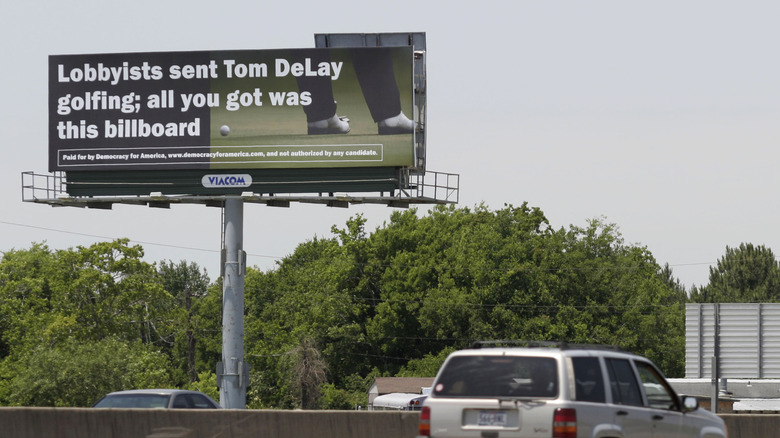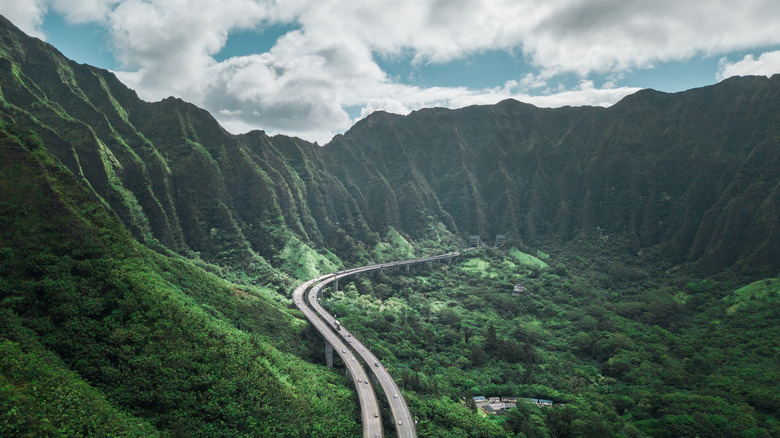Why Do Some States Not Allow Billboards?
You can tell a lot about a state from its billboards. In Texas, for example, you'll find anti-abortion ads posted right down the road from huge boards announcing where you can get your erectile dysfunction fixed. Or the fun billboard pictured above, which alludes to what Salon called former Republican U.S. Representative Tom Delay's "fundraising empire." Pretty telling of the kinds of values held by many of the Texans who ply the roads each day.
In November, 2021, Texas was actually at the center of a big-time Supreme Court case concerning how the city of Austin regulated the way businesses and politicians can promote themselves over our heads. According to local NPR station KUT, the consequences of the case could be felt across the nation. But, could it effect the U.S. states that do not allow any kind of billboard advertising at all?
That's right. You read that correctly. There really are places in the United States where the citizenry has chosen to give priority to the landscape over sex enhancement pills and tire advertisements. Let's take a look at which states don't allow billboards and why they chose to ban the ugly blots on our highway vistas.
These states chose their own brand over billboards
According to Movia, four U.S. states have prohibited the erection of billboards as a means of advertising products, politics, or whatever other mostly bad ideas come to people's minds. The first of these was Hawaii, which hasn't allowed billboards to muss up its spectacular tropical vistas since the 1920s. The idea was that folks spent a lot of their hard-earned money to get all the way out to the middle of the Pacific, so they should be able to enjoy the view. The state even has a nonprofit — Outdoor Circle — that ensures Hawaii stays as pretty as it is in all the pictures in tourism agencies the world over.
Alaska followed suit a few decades later, banning billboards in 1949. There's been more debate here than in Hawaii, but a 1997 legislative exception for tourism ads ended up getting voted down pretty quickly. With 72 percent of Alaskans voting no on billboards, the message was made clear: keep Alaska looking good.
According to Nomad Communications, Vermont chose to not block all that beautiful fall foliage with billboards back in 1968, and Maine jumped on the bandwagon in the 1980s. The common denominator in all of these cases: residents believed in their states' brands more than those that could be plastered on gigantic commercial monstrosities all over the place. And it paid off. Tourism is big business in all of them. People visit for the views, and the tourism revenues they all rack up each year are proof that banning billboards will keep them coming back for more.

